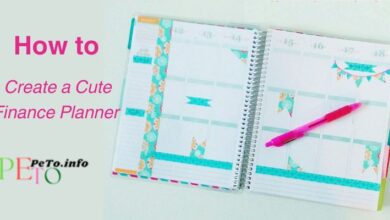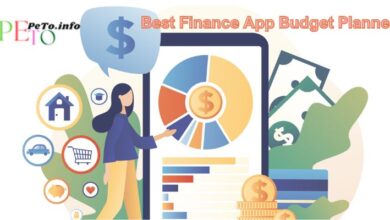Pros And Cons Of Equipment Leasing And Equipment Financing
Have you ever thought about the Pros And Cons Of Equipment Leasing And Equipment Financing? Should you lease or purchase new equipment? That is a critical question almost for any business, especially those in the construction industry.
Using heavy machinery and other machinery that lets the company do more, work faster, and even add a service or specialty is one-way construction companies can gain a substantial advantage over competitors. However, purchasing the necessary equipment necessitates a massive cash outflow, which the business may not have already.
Instead of purchasing equipment outright with cash, construction firms have two other options: Equipment Leasing And Equipment Financing. Choosing which is best for your company necessitates several considerations:
- Types of commercial equipment financing to be purchased
- Repair and maintenance costs
- Equipment resale value
Contents
What is the distinction between Equipment Leasing And Equipment Financing?

The two major methods of acquiring equipment are Equipment Leasing And Equipment Financing, but they are structured differently.
Equipment Leasing
Leasing equipment is a long-term rental agreement. A lender purchases a piece of equipment and rents it to a construction company for a set period of time.
In exchange, the construction company pays the lender a monthly fee for the rental agreement period and has full access to the equipment. When the lease term expires, the equipment is brought back to the lender, though the construction company may choose to renew the lease and purchase the equipment.
Lease payments are usually consistent all through the lease term, and no additional interest is charged, though any interest associated with the lender’s expense for the machinery is factored into the monthly bill. A monthly lease payment also may be less than the equivalent loan payment.
Equipment Financing
Equipment financing, also known as an equipment loan, refers to borrowing cash to buy equipment. The financing company can lend most, if not all, of the equipment’s cost. In exchange, the construction company pays a fraction of the purchase price (generally monthly) as well as interest as well as other fees, depending on the loan terms, until the total purchase price is paid.
The construction company owned the equipment entirely at the time. Monthly payments for an equipment loan may be slightly higher than for an equipment lease, but once the loan is paid off, the equipment becomes the property of the construction company.
The Pros and Cons of Laesing Equipment

Some pieces of equipment may become obsolete. If you are thinking about using equipment that may become obsolete at some point, an equipment lease might be a better option than just a loan. You would not bear that risk with this option because you did not possess the equipment. Furthermore, lease terms are typically between two and seven years, which do not typically outlast the useful life of the equipment.
Leasing equipment has a lower financial effect. Leasing spreads payments over the term of the lease, enabling your company’s cash to be utilized for other purposes such as paying expenses and funding growth.
Furthermore, the lease does not attempt to reclaim the full cost of paying for the equipment during the preliminary lease period—monthly payments are just a rental or usage fee—because the lender will continue to own the equipment after the lease ends.
The disadvantage of leasing equipment is that the lender retains ownership of the equipment. Furthermore, not all machinery is available for leasing, which may be a decisive factor for some construction companies.
Pros and Cons of Financing Equipment
If you want to use a piece of equipment that you know is durable and will last a long time, equipment financing is your best option. The loan terms are determined by the type of equipment required, and the lender will typically advance between 80% and 100% of the total cost. Furthermore, the qualification procedure is made simpler because the equipment itself will start serving as collateral.
One disadvantage of an equipment loan is the requisite original down payment, which can be difficult if you are experiencing cash flow problems. Furthermore, because you own the equipment outright, you accept the danger of owning outdated equipment in the long term.
This risk is why it is recommended to obtain an equipment loan only when you are confident that the piece of equipment will serve you for a long time.
The decision to lease as well as finance your equipment acquisition is entirely dependent on your business situation. Before deciding on a course of action, consider your business objectives and which method best meets those goals.
Which is Better for You: Equipment Leasing or Equipment Financing?
The type of equipment ( Equipment Leasing And Equipment Financing) you’re considering, how frequently you’ll use it, the price of the projected ROI, maintenance, the resale value, and, what you can afford are all factors to consider when deciding whether to lease or finance construction equipment. However, the following general rules will apply to all situations:
- If you’re thinking about leasing a piece of equipment that’s about to become obsolete, this is the way to go.
- Finance: If the equipment is an essential and long-term part of your business,
- Lease: If you need money right away, leasing may be a better option.
- Finance: If you value investment, resale, and ROI,
Conclusion: So above is the Pros And Cons Of Equipment Leasing And Equipment Financing article. Hopefully with this article you can help you in life, always follow and read our good articles on the website: Peto.info




